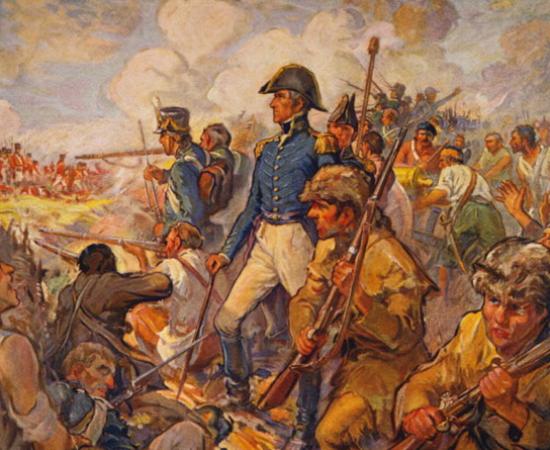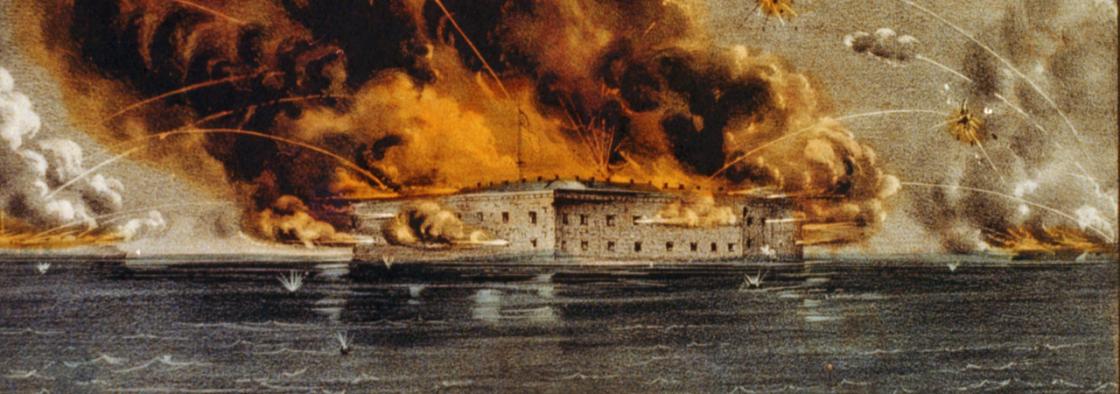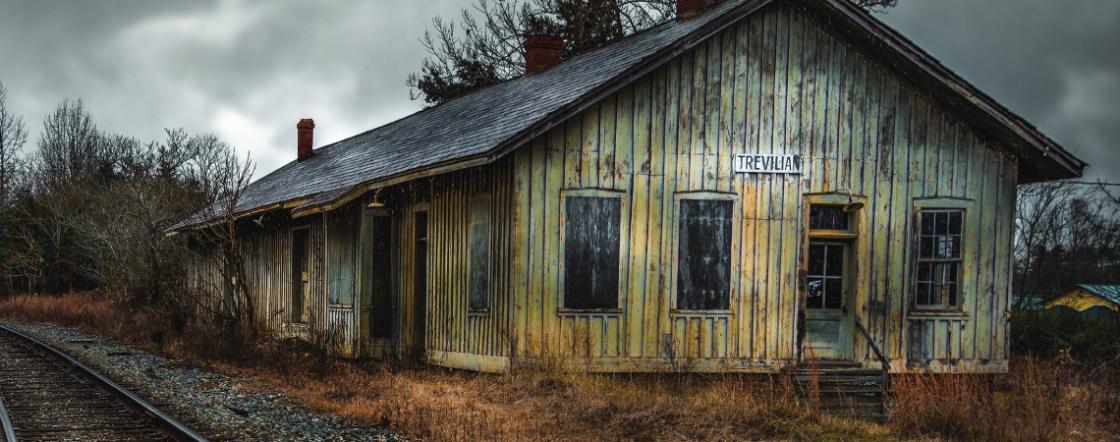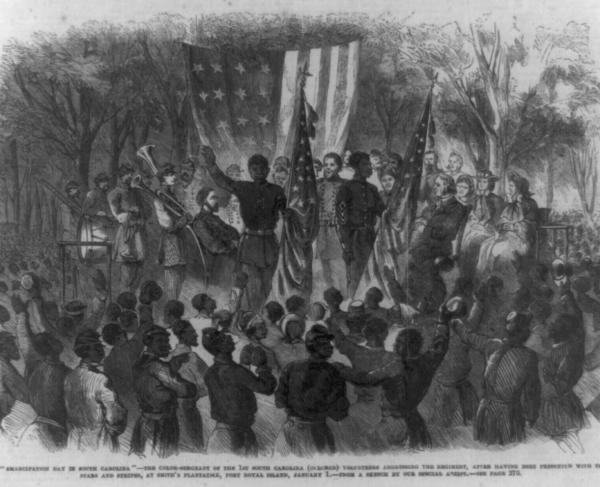The 1st Air Defense Regiment

Following the American Revolution, various artillery units were recruited for service in the United States Army. In 1789, the Battalion of Artillery was organized. It consisted of four companies, one of which, under Maj. John Doughty, had served in the War for Independence. Artillery companies also augmented General Anthony Wayne’s Legion in the Old Northest. Throughout the Early National Period, these units were often combined with Engineers. Four regiments of artillery fought in the War of 1812 at Fort Meigs, Chippawa, Niagara Falls, Fort McHenry, and New Orleans. At the end of the conflict, the regiments were consolidated into the Corps of Artillery.

On March 2, 1821, Congress disbanded the Corps and created four regiments of artillery. Formed that summer at Fort Independence, Massachusetts, six of the original nine companies in the First Regiment of Artillery had fought in the War of 1812. Among the officers who eventually served in the unit were Abner Doubleday, Montgomery C. Meigs, Ambrose P. Hill, John B. Magruder, and Francis Shoup. Others included future Union army commanders Joseph Hooker, Irvin McDowell, and Henry Slocum.

Dispatched to Florida in January, 1836, the regiment participated in the Second Seminole War. The 1st U.S. fought as field artillery, with cannoneers going into battle on foot or riding the caissons. Through the course of the conflict, the regiment participated in nearly a dozen skirmishes with the Seminoles.
When war broke out with Mexico, five companies were assigned to General Zachary Taylor’s army. Under Taylor, the 1st U.S. fought at Palo Alto, Resaca de la Palma, Monterey, and Buena Vista. Following Taylor’s campaign, the unit was transferred to General Winfield Scott’s force and participated in the drive on Mexico City. The artillerists took part in the reduction of Vera Cruz, and fought at Cerro Gordo, Contreras, and Churubusco. On September 13, 1847, future Confederate general Thomas Jonathan Jackson distinguished himself leading a section of guns during the assault on Chapultepec outside the Mexican capital.
At the conclusion of the war, the regiment was split up and the companies assigned to posts along the Atlantic Coast and out West. Several companies engaged American Indians in Texas and fought in the Cortina War. In January 1861, Companies E and H were assigned to Charleston, South Carolina. As part of Maj. Robert Anderson’s garrison, these companies defended Fort Sumter during the Confederate bombardment that opened the Civil War.

Shortly after the beginning of the conflict, the 1st U.S. transitioned from their old role of field to horse artillery. Each battery was mounted, and the artillerists entered combat on horseback. Five of the regiment’s batteries were assigned to Union forces in the Eastern Theater. Three batteries were posted along the Atlantic Coast as well as in Louisiana and Florida. By the beginning of 1865, the entire regiment was serving in Virginia.
At the Battle of Williamsburg in May 1862, Capt. Charles Webber’s Battery H supported the Excelsior Brigade and fought to the south of Fort Magruder. Under the direction of Capt. William Graham, Battery K was engaged on Richard Cunningham’s farm at Brandy Station.
A little over a week after Brandy Station, in response to Gen. Robert E. Lee’s movement north, Brig. Gen. Alfred Pleasonton’s Union cavalry set out from northern Virginia toward the Loudoun Valley in an effort to locate the Confederate army. Outside the village of Aldie, Capt. Alanson Randol’s Batteries E/G battled for control of the Little River and Snickersville Turnpikes. Darkness finally brought an end to the fighting with Pleasonton in control of the field. The blue horse soldiers pushed west and two days later, clashed with Maj. Gen. James Ewell Brown “Jeb” Stuart’s cavalry outside of Middleburg. Pleasonton, however, became convinced he was facing enemy infantry and called for reinforcements from the V Corps. Augmented by Col. Strong Vincent’s brigade, the blue cavalry resumed their push on June 21. Outside Upperville, Randol’s gunners supported Vincent and Brig. Gen. Judson Kilpatrick’s brigade as they engaged against Brig. Gen. Wade Hampton for control of the Goose Creek Bridge. Outnumbered, Hampton withdrew, leaving the Federals in control of the crossing.
At Trevilian Station on June 11, 1864, Randol, now at the head of Batteries H/I, supported the Union advance along the Fredericksburg Road. Lieutenant Frank Taylor’s Batteries K/L participated in the decisive battle of the Shenandoah Valley Campaign of 1864 at Cedar Creek. Through the efforts of the American Battlefield Trust, over 6,400 acres have been preserved at these battlefields.

With the capitulation of the Confederacy, the regiment was broken up and its batteries assigned to the northeast and in Texas. Over the course of three years from 1869 to 1871, the batteries assisted internal revenue agents in breaking up illegal liquor operations in Brooklyn, New York. In late 1881, the regiment was transferred to the Pacific Coast. The unit remained on garrison duty for the next nine years, except for Battery E, which participated in the Wounded Knee Campaign against the Sioux.
Shortly after the turn of the century, the 1st U.S. was disbanded and its companies assigned to the Artillery Corps. In February, 1924, the regiment was reorganized as the 1st Coast Artillery. During World War II, the regiment served in the American Theater, Tunisia, Sicily, Italy, and other parts of Europe. Today, the unit exists as the 4th Battalion, 1st Field Artillery Regiment, which traces its lineage to Capt. Moses Parker’s company which served in Wayne’s Legion of the United States.


